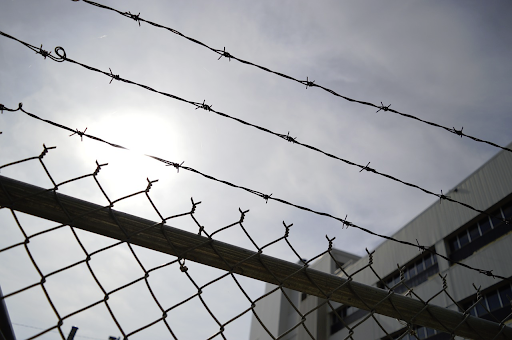Crime, punishment and rehabilitation are as old as human society itself, and yet technology also has a role to play in shaping the way that we handle those who step outside the bounds of the law.
Correctional facilities themselves are arguably undergoing the biggest changes as a result of cutting edge hardware and software, so let’s look at a few of the most significant evolutions occurring right now.

Finding inmates is easier than ever
In the past, the bureaucracy of the prison system was almost impenetrable from the outside, making it difficult for friends and family members of those who have been locked up to keep track of their loved ones while they were serving time.
Today, the inmate lookup service and sites offering this new type of service are enabling a degree of transparency not seen before.
Being able to search for an individual prisoner or a specific institution online, rather than having to jump through a lot of hoops, making calls and relying on the whims of administrative staff, is a blessing for millions of Americans.
Cloud computing is delivering benefits for all parties
More broadly speaking, the power of cloud computing is being brought to bear on the way that correctional facilities function. This is a positive step for both inmates and employees, as well as for visiting family members.
Data which is harvested in real time and covers all functions of a prison can be analyzed and explored to deliver impactful insights. This in turn offers perks in terms of inmate comfort levels, employee safety and operational efficiency, which is good for taxpayers as well.
Relying on the cloud rather than needing on-site hardware to be purchased, operated and maintained also opens up the latest solutions to facilities of all sizes, rather than exclusively enabling them for larger institutions with bigger budgets to wield.
Artificial intelligence is improving security
One of the main issues that correctional facilities have with regards to security is ensuring that surveillance systems are adequately monitored.
It is not possible for employees to be present in every corner and oversee every interaction in public spaces, yet with the assistance of artificial intelligence (AI), security camera footage can be scrutinized persistently.
This in turn means that when AI systems detect anomalies in inmate behavior, or recognize outright aggression and other incidents, staff can be alerted to intervene.
This melding of software, hardware and human employees is very much the future of correctional facilities, as well as businesses more broadly.
Data-driven architecture is enhancing facility design
Last of all, the way that correctional facilities are laid out is being rethought with the help of big data tools.
Architecture in this type of structure used to be somewhat basic, with simple geometric shapes for cells and other indoor spaces which were actually unhelpful from a management and monitoring perspective.
Now designers are embracing more circular designs and curves, informed by analytic evidence, to make this type of building less of a burden to orchestrate when up and running.
You may be interested in: 7 Essentials To Set Up A COVID-19 Vaccine Facility

